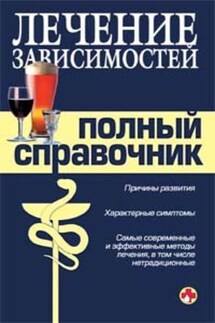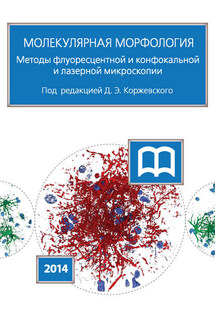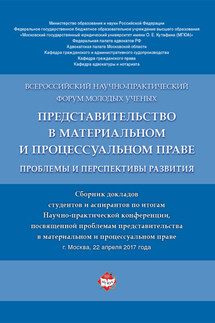Молодежь о проблемах изучения иностранных языков в современном мире - страница 6
Significant challenges for the translator are also the proper names. For example, the Russian name of the U.S. state of Texas is –Техас- is neither a translation (otherwise it would be “Тексас”), nor transcription (“Тэксес”). It is a historical form of translation.
Moreover, the translation in general, and in the translation of proper names in particular, we are faced with a problem of euphony. Coca-Cola Company could’t find the brand name to sell their products in China for long time. The Chinese pronounce____ the name of the drink is “kekukela” meaning “Bite Waxy Tadpole”. The company had to go over 40 thousand options before choosing the name “Koka Kole”, which means “Happiness in the Mouth”.
It is worth nothing that there are a number of historical errors that it is impossible to correct. They have become part of the language and part of history. For example travelers who were the first to visit Australia asked Aboriginal people “What is that animal?” And those, without understanding them, answering in their own language, We do not understand”, which sounded like “kangaroo”. And travelers decided that this name of the animal.
We must be very attentive to the author’s text when we translate poetry. But in the process of translation there appear such obstacles like phonetic, vocabularystylistical and grammatical differences [3].
All these have an influence on the translation. The sentence passed through various traditions, attitudes and minds can be different from the original [2].
For the dame reasons, automatic translator can translate text only literally. There is still of work to modernize translation programs. Every year new programs appear and old programs are modernized, but they can’t still reproduce every sense of the text.
1. Заикин Е. Трудности перевода // 02 июня 2010. http://blog.perevedem.ru/2010/06/02/trudnosti-perevoda-i/
2. Вартанян Э.А. Путешествие в слово, 1976.
3. Трудности перевода поэтического текста (пять переводов стихотворения П. Валерина «Марина»), Кокорина А.В., 21-09-2011.
ORNAMENT AS PEOPLE’S MOST CLASSICAL LANGUAGE
УДК 7.04:81
IMANGULOVA F.
Ufa State University of Economics and Service (Ufa)
Language and communication.
Language is the system of verbal expression of thoughts. But there is a question, whether the person can think without resorting to the help of the language? The majority of researchers believe that thinking can exist only on the basis of the language and actually identifies language and thinking.
German linguist Augustus Shleykher considered that thinking and language are as identical as the contents and the form.
Russian-American linguist Roman Yakobson explains these by the fact that signs – necessary support for thought, but the internal thought, especially when thought is creative, willingly uses other systems of signs (nonverbal), more flexible among which conditional standard and individual (both constant, and incidental) can be met [1].
Ornament language.
Ornament is one of the most ancient forms of graphic activity of the person, known since the paleolith. In Latin "ornament" means "pattern". Initial images were artless: branch, the splinter of the cockleshell which was carried out on crude clay, or the seeds of plants pressed into it. Over time real seeds were replaced with their images. Already during a neolith era the ornament of ceramics represented not a casual set of strokes, strips, hyphens, and thought over, in composition the verified drawing filled with the symbolical contents [2].









